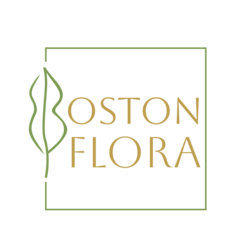The Harvard Museum of Natural History announces a new multi-media exhibition, Headgear, an in-depth look at the natural history of horns and antlers. The exhibition opens to the public on May 22, 2010, and runs through January 2, 2011. Showcasing an astonishing collection of unique specimens—some on exhibit for the first time, Headgear will intrigue and engage learners of all ages.
Horns and antlers are the often-dramatic head structures that characterize many cloven-hoofed mammals including cattle, antelope, sheep, and deer—collectively known as the artiodactyls. These animals exhibit enormous variation in the structure, size, and shape of their headgear, which are distinctive among species and also vary with sex and age.
Why have artiodactyls evolved these extraordinary structures, many of which are so heavy and unwieldy? Did horns and antlers evolve as a defense against predators, to repel or intimidate rivals, or as an ornament designed to impress females? In this exhibition, visitors will explore these and other fascinating questions about how horns and antlers are formed, how they have evolved, and how they function.
Headgear will feature dramatic arrays of horns, antlers, and head mounts of a wide variety of species drawn from the collections of Harvard’s Museum of Comparative Zoology, as well as 3-D diorama and video presentations illustrating the use of horns and antlers in combat. Visitors will be invited to explore some of the properties of horns and antlers by touching real specimens and comparing their own body height to the world’s largest antlers, those of the extinct Irish Elk, which span as much as 12 feet. In addition, through specimens and text, visitors will learn about the structure and function of horn-like structures in other animals from tiny beetles to massive dinosaurs.
Drawing from the collections of the Peabody Museum of Archaeology and Ethnology and Harvard’s Semitic Museum, the exhibition will display artifacts fashioned from the horn and antler of hoofed animals around the world and introduce visitors to the cultural significance of horns, antlers, and animals that wear them, both real and imagined.
“The number and diversity of specimens in this exhibition are truly breathtaking†said Elisabeth Werby, Executive Director of the Harvard Museum of Natural History. “Headgear is an extraordinary opportunity to contemplate the process of evolution in the context of creatures and images that are at the same time both strange and familiar.â€
Harvard Museum of Natural History
The Harvard Museum of Natural History is located at 26 Oxford Street, Cambridge, a 7 minute walk from the Harvard Square T station. The Museum is handicapped accessible. For general information see www.hmnh.harvard.edu or call 617-495-3045.
With a mission to enhance public understanding and appreciation of the natural world and the human place in it, the Harvard Museum of Natural History draws on the University’s collections and research to present a historic and interdisciplinary exploration of science and nature. More than 180,000 visitors annually make it the University’s most-visited museum.





